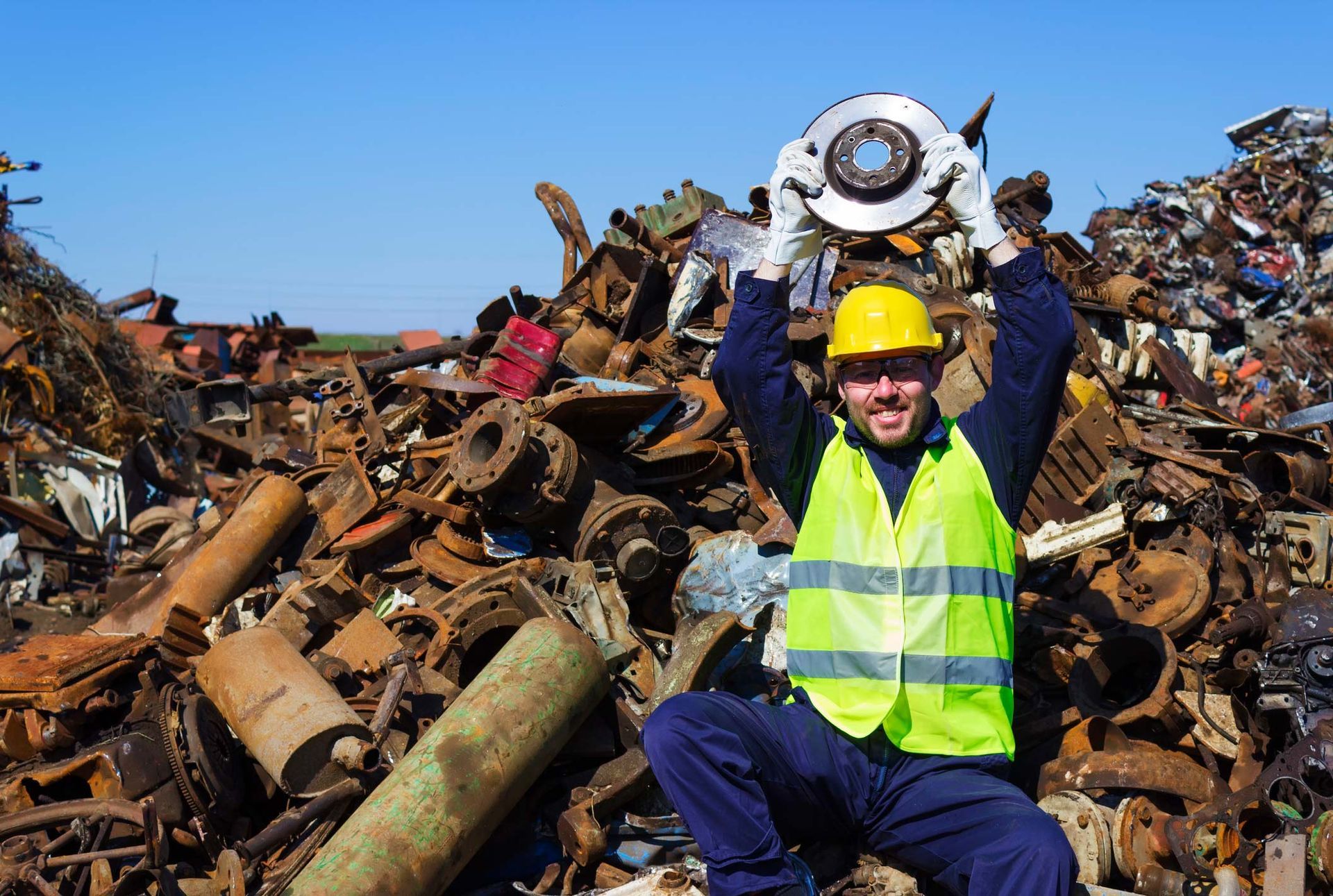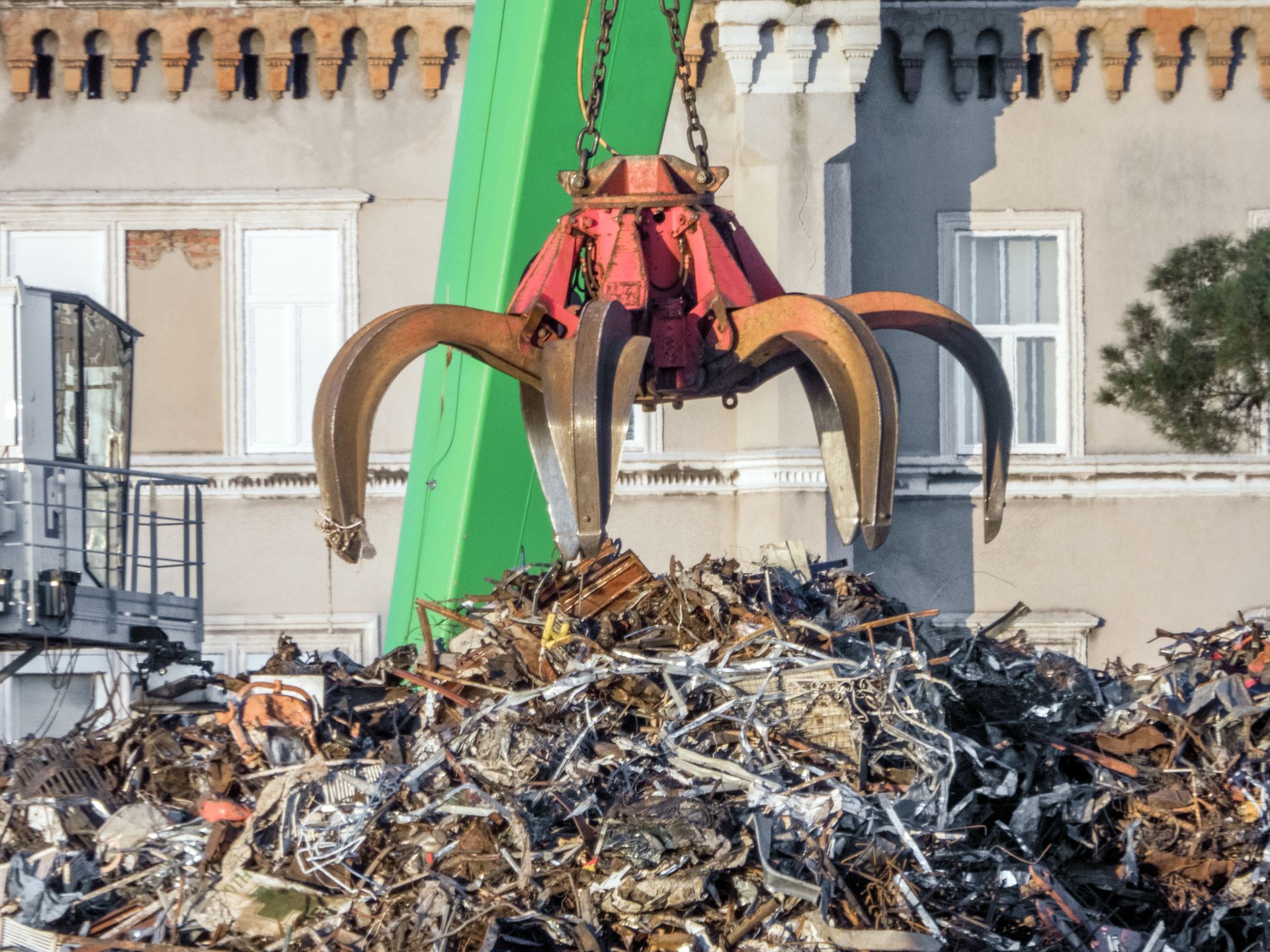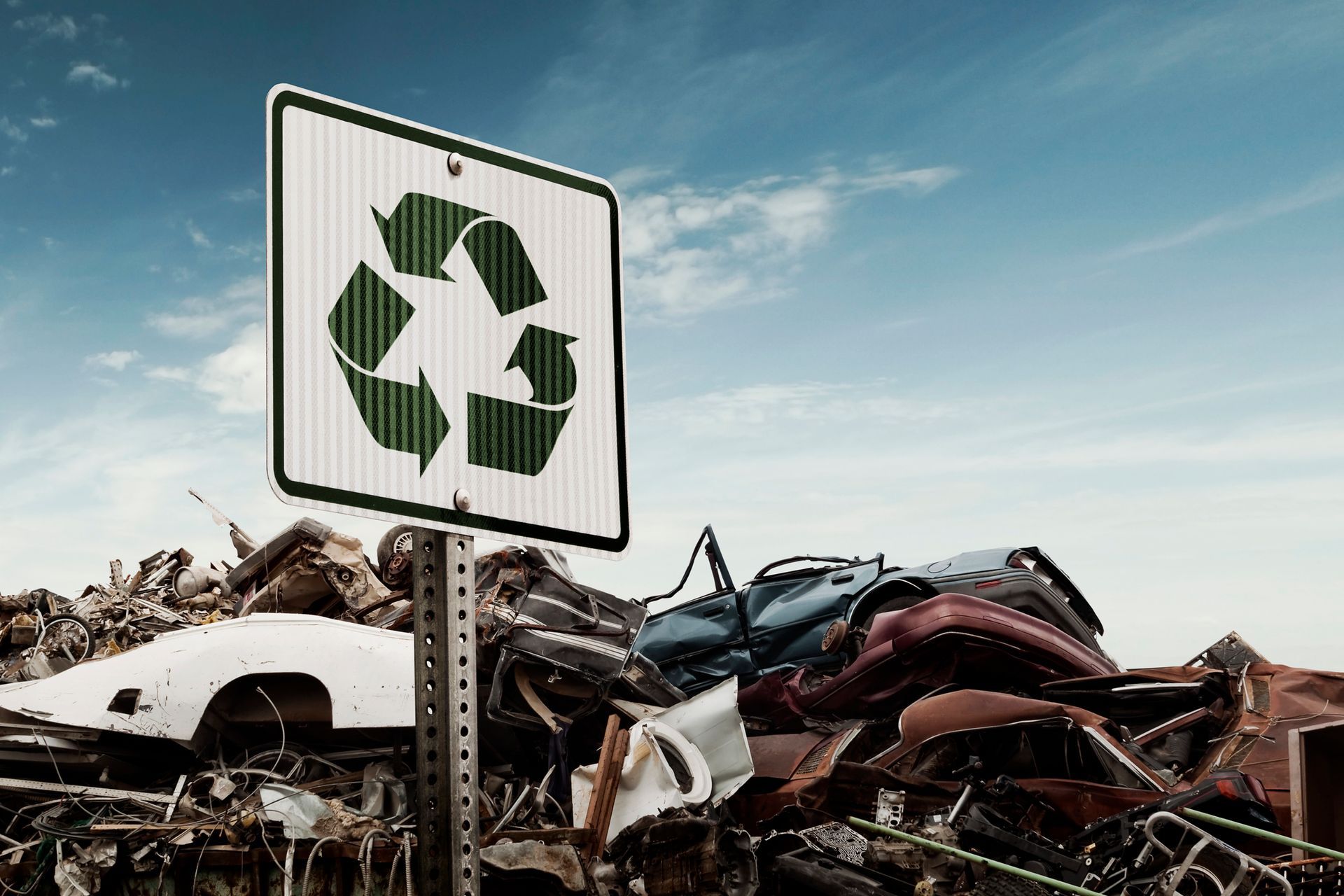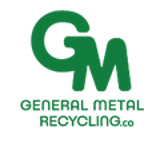Scrap metal recycling tips and tricks to maximize your profits in Pico Rivera, CA.

Step 1: Sort by Metal Type
Sorting your metal by type is crucial. Different metals have unique values, so separating them ensures you’re paid accurately. Common metals include:
- Aluminum (found in cans and window frames)
- Copper (often in pipes and wires)
- Brass (used in fixtures and plumbing fittings)
- Steel and iron (used in appliances, cars, and machinery)
Keeping these metals in separate piles will streamline the recycling process and help recyclers assess their value quickly. Some recycling centers may even offer different rates for prepared, sorted metals.
Step 2: Clean Your Metals
Cleaning your scrap metal not only enhances its value but also makes the recycling process more efficient. Remove any non-metal parts, such as plastic or rubber, from metal items. For example:
- Strip the insulation off copper wires.
- Remove screws and nails from aluminum items.
- Take off any plastic or rubber from metal containers and cans.
Even a quick rinse to remove grease, dirt, or residue can make a difference, as clean metals are usually more valuable and easier to recycle. Metals free from contaminants are also more eco-friendly, contributing to a cleaner recycling process.
Step 3: Break Down Larger Items
If you’re recycling large items, like appliances, furniture, or machinery, dismantle them as much as possible. Breaking down big items into smaller, manageable pieces makes transport easier and helps the recycling center process them faster. For example:
- Remove metal parts from appliances like washing machines or refrigerators.
- Take apart large items to separate metal from non-metal materials.
- Compress larger pieces into compact, stackable shapes.
Step 4: Remove Hazardous Materials
Certain items may contain hazardous materials that must be removed for safe recycling. Examples include:
- Freon in refrigerators and air conditioners
- Lead-acid in car batteries
- Mercury in some electronics
Be sure to handle these items carefully, and check with your local recycling center to understand their requirements for hazardous material disposal. Many facilities won’t accept materials that haven’t been safely prepared, so this step is essential for efficient recycling.
Step 5: Flatten or compact smaller items
If you’re recycling smaller items, like aluminum cans or food tins, it can be helpful to flatten them. Compacting items reduces their volume, making it easier to transport a larger load. This is especially useful for businesses with large amounts of scrap, as compact items save space and can even reduce hauling costs.
Ready to recycle? Come see us for easy processing! Whether you’re a first-time recycler or a business with bulk materials, following these steps will help you enjoy a smooth, profitable experience. Preparing your scrap properly is a win-win for both your wallet and the planet.
Contact to get started.





